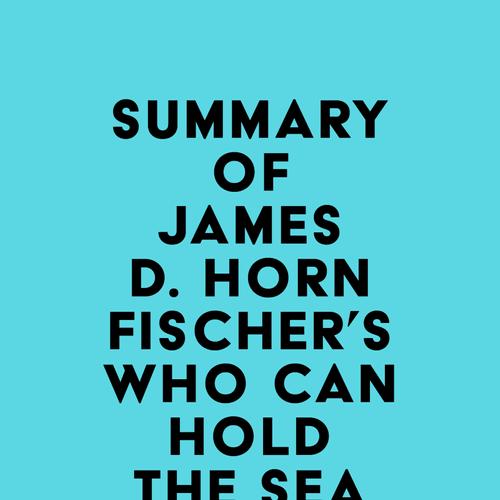Please note: This is a companion version & not the original book. Sample Book Insights:#1 Admiral William F. Halsey, Jr. , was the leading public face of the Navy, and he was quick to command a crowd. His peers during the war were disinclined to speak of their work, and thus secretive.#2 The United States Navy ended World War II with nearly 1,200 combatant ships, 41,000 planes, and 3. 4 million personnel. It had 758,000 civilians on its worldwide payroll, more than half of them at the government-owned naval shipyards at Bremerton, Boston, Charleston, Mare Island, New York, Norfolk, Pearl Harbor, Philadelphia, Portsmouth, San Francisco, and San Pedro.#3 The push to cut costs fell upon the Pentagon like a weather front. The Senate was considering a bill to unify the Navy and War departments, along with a new department designating the Air Force as a single administrative entity.#4 The Navy was able to save the country 25 percent of the $265 billion it had cost to fight the war. The Navy’s budget writers considered this a lurid fantasy. The senator who had been impressed by Army presentations said to a Navy official, Atomic energy has driven ships off the surface of the sea. I don’t see how a ship can resist the atomic bomb.
